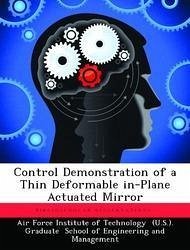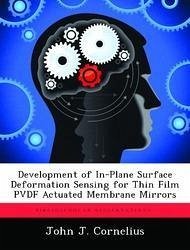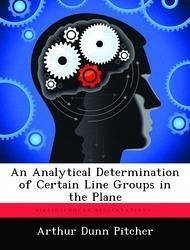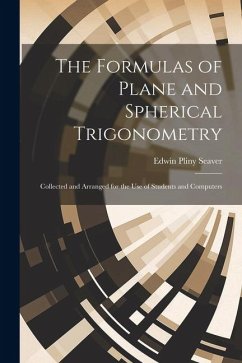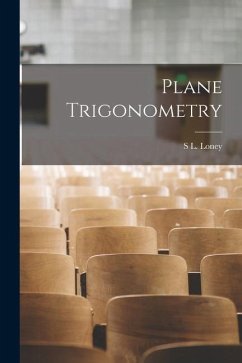Nicht lieferbar
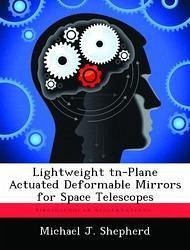
Lightweight tn-Plane Actuated Deformable Mirrors for Space Telescopes
Versandkostenfrei!
Nicht lieferbar
This research focused on lightweight, in-plane actuated, deformable mirrors, with the ultimate goal of developing a 20-meter light gathering aperture for space telescopes. The 0.127 meter diameter deformable mirror small scale testbed was modelled in finite elements using MSC. Nastran software and then used as a basis for a quasi-static controller. Experi- mental tracking of Zernike tip, tilt, and defocus modes was accomplished. The analytical solutions to plate-membrane and beam-string ordinary differential equations were developed. A simplified approach to modelling the axisymmetric cases wa...
This research focused on lightweight, in-plane actuated, deformable mirrors, with the ultimate goal of developing a 20-meter light gathering aperture for space telescopes. The 0.127 meter diameter deformable mirror small scale testbed was modelled in finite elements using MSC. Nastran software and then used as a basis for a quasi-static controller. Experi- mental tracking of Zernike tip, tilt, and defocus modes was accomplished. The analytical solutions to plate-membrane and beam-string ordinary differential equations were developed. A simplified approach to modelling the axisymmetric cases was also presented. A novel static control strategy, the Modal Transformation Method, was developed to form Zernike surfaces within an interior, or clear aperture, region using a number of statically-actuated Bessel-based vibration modes. The scaling problem for membrane optics is addressed. Significantly, it is shown linear modelling may correctly explain the behavior of small-scale models, but only non-linear models will account for the important terms which govern the full-scale large aperture membrane telescopes. This work has been selected by scholars as being culturally important, and is part of the knowledge base of civilization as we know it. This work was reproduced from the original artifact, and remains as true to the original work as possible. Therefore, you will see the original copyright references, library stamps (as most of these works have been housed in our most important libraries around the world), and other notations in the work. This work is in the public domain in the United States of America, and possibly other nations. Within the United States, you may freely copy and distribute this work, as no entity (individual or corporate) has a copyright on the body of the work. As a reproduction of a historical artifact, this work may contain missing or blurred pages, poor pictures, errant marks, etc. Scholars believe, and we concur, that this work is important enough to be preserved, reproduced, and made generally available to the public. We appreciate your support of the preservation process, and thank you for being an important part of keeping this knowledge alive and relevant.






